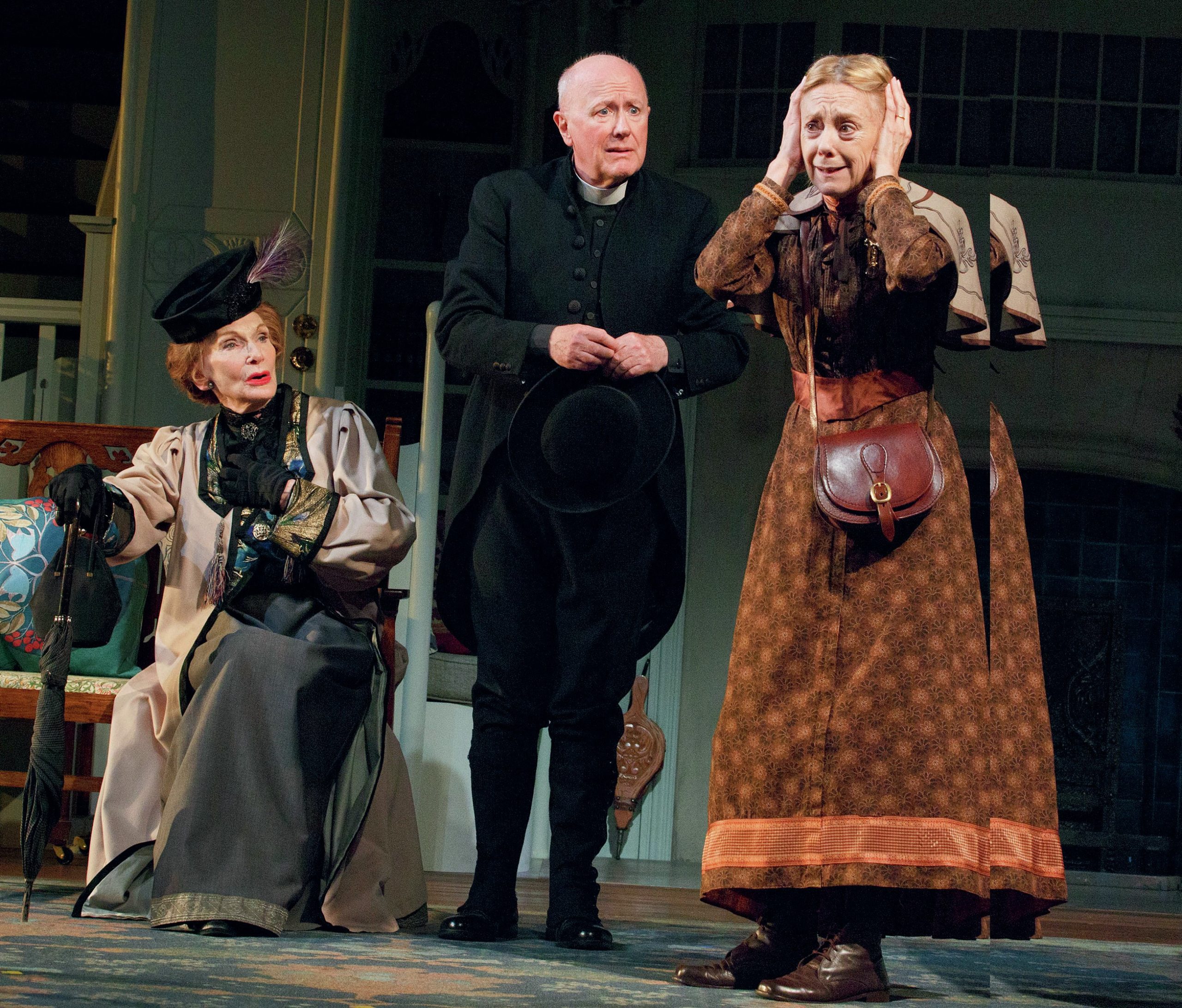
This article examines how three influential nineteenth-century writers — Anne Brontë, Wilkie Collins and Oscar Wilde — represent the figure of the governess. Different critical positions are applied to each iteration of the character to demonstrate various ways of interpreting her narrative function and cultural significance. Comparing the governesses who feature in Agnes Grey, Armadale and The Importance of Being Earnest is a way into exploring some very distinct fictional responses to the spirit of the Victorian age.
Agnes Grey (1847), published two months after Anne Brontë’s sister Charlotte gave English literature its most famous governess in Jane Eyre, reflects the awful time Anne had working for the Inghams of Blake Hall near Huddersfield and the Robinsons of Thorp Green near York. One of the first novels to highlight the governess’s plight, Agnes Grey came out just as society at large was beginning to take notice. Economic problems kept wages low in the 1830s, and by 1841 a Governesses’ Benevolent Association had been founded to provide for aged and destitute members of the profession (Goreau 2004, p. 42).
Your organisation does not have access to this article.
Sign up today to give your students the edge they need to achieve their best grades with subject expertise
Subscribe




